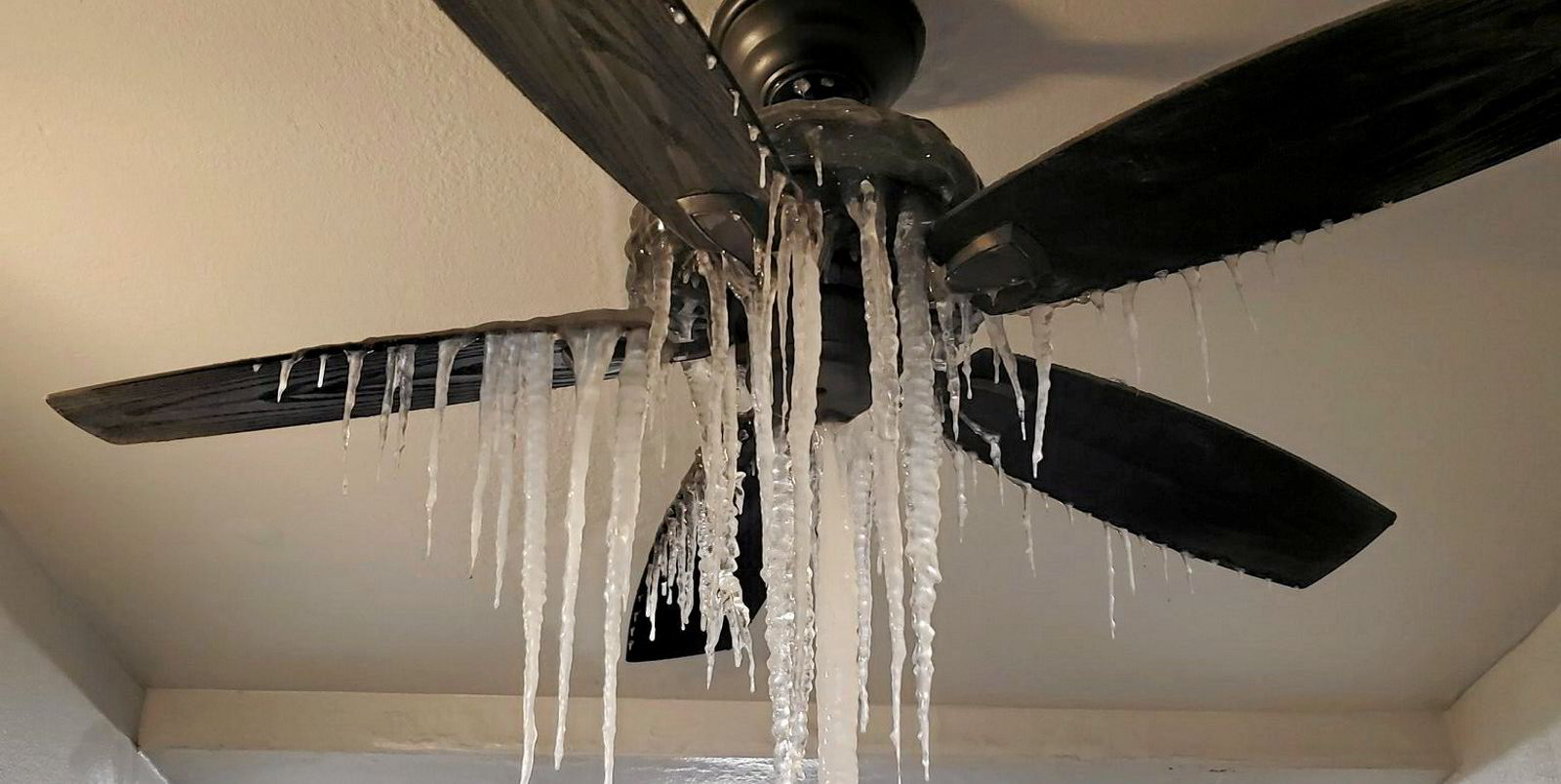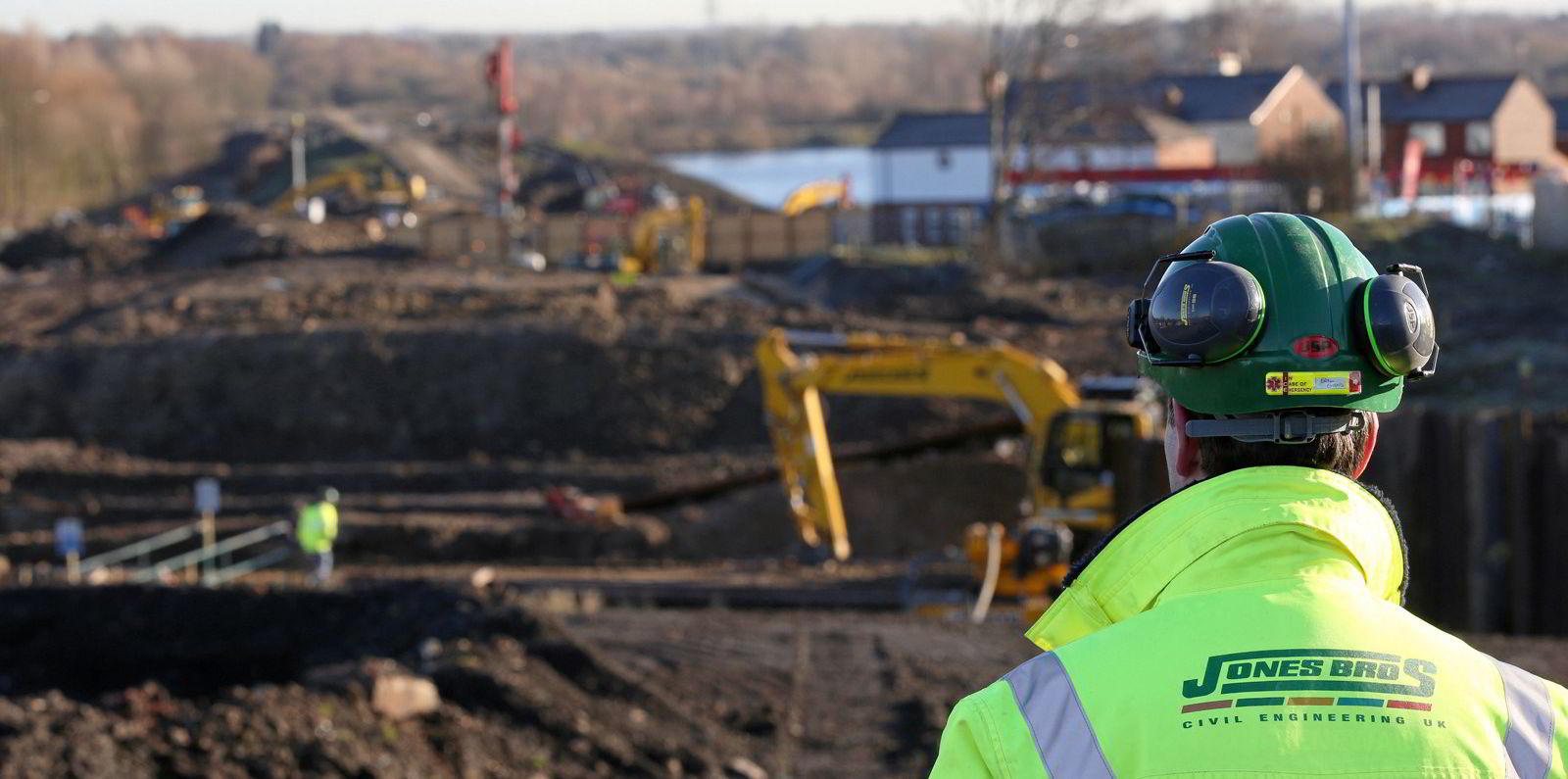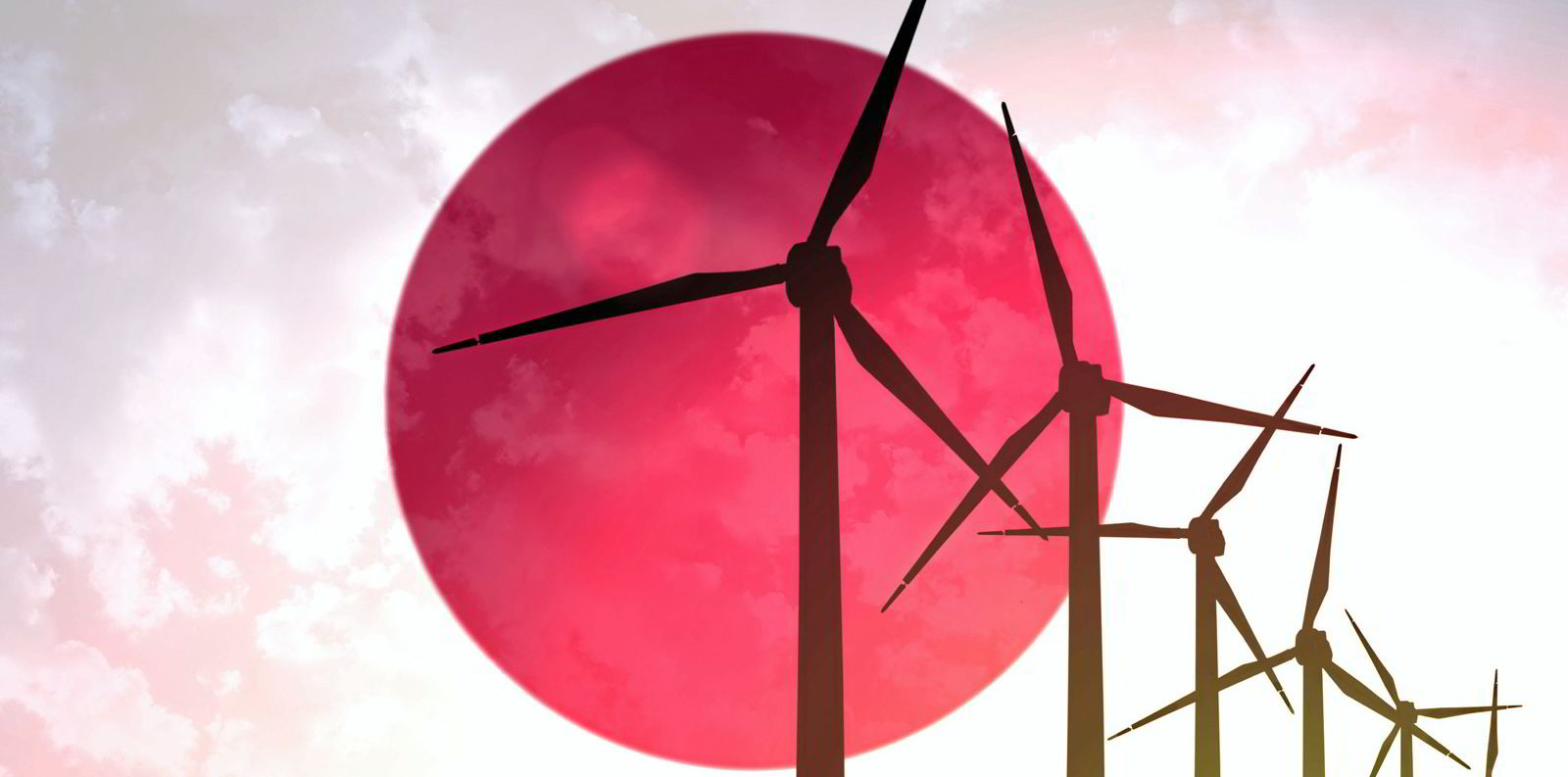RWE Renewables unveiled a shake-up to its operations, splitting into two divisions under separate chief operating officers (COOs) for on- and offshore renewables following the resignation of former CEO Anja-Isabel Dotzenrath.
German parent group RWE said Sven Utermöhlen becomes chief operating officer for wind offshore global, a role he already held under Dotzenrath but now in a dedicated division, while current COO for onshore and PV in the Americas, Silvia Ortin Rios, will be in charge of onshore globally.
RWE said Dotzenrath is leaving RWE at her own request and has resigned from its management team as of 23 August.
“Sven and Silvia are two experienced and high-profile leaders who have been involved in the renewables business for many years,” RWE CEO Markus Krebber said, adding that the divisional split would aid focus in the businesses.
“I am certain that, under their leadership, we will implement our growth ambitions in the offshore and onshore businesses even more rigorously.”
Former E.ON Climate & Renewables CEO Dotzenrath took the top job at RWE Renewables in 2019 following the merger of the clean generation businesses of E.ON and RWE.
Krebber added: “Anja-Isabel has done an outstanding job in building up RWE Renewables, for which I thank her very much. I enjoyed working with her and regret that she has decided to leave the group. I wish her all the best for the future.”
Japanese floating
Separately, RWE Renewables signed an agreement with Kansai Electric Power (Kansai EPCO) to jointly study the feasibility of a large-scale floating offshore wind project off the Japanese coast
“We see great potential for floating wind farms worldwide - but especially in countries with deeper coastal waters, like Japan,” said Utermöhlen. “Floating wind could help to raise untapped potential off the Japanese coast.
“With Kansai EPCO we have a partner by our side whose local expertise complements our global experience and technical know-how, and who shares our values and ambition to drive the growth of offshore wind in Japan.”
Floating wind is tipped to play a key role in Japan's ambitions to deploy up to 45GW of offshore wind by 2040, although developers have urged the government to rapidly bring forward leasing rounds for large-scale deployment, with early tenders dominated by fixed-bottom projects.
RWE is already working on floating demonstration projects in Norway, Spain and the US to test different concepts for floating foundations. The company in Japan is also studying the feasibility of bottom-fixed offshore wind projects in various regions, including Akita and Niigata.




